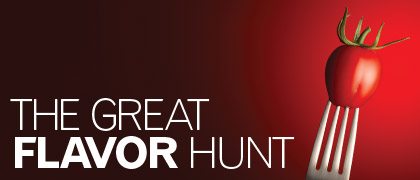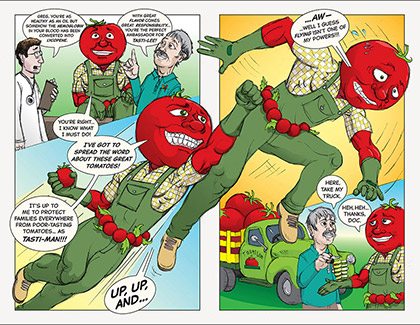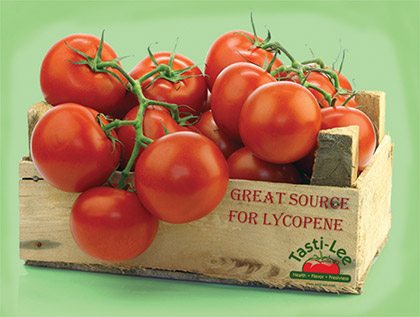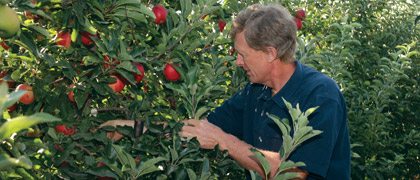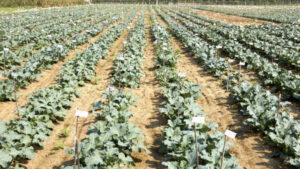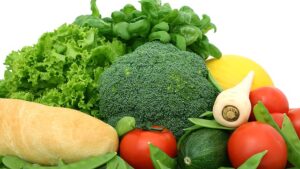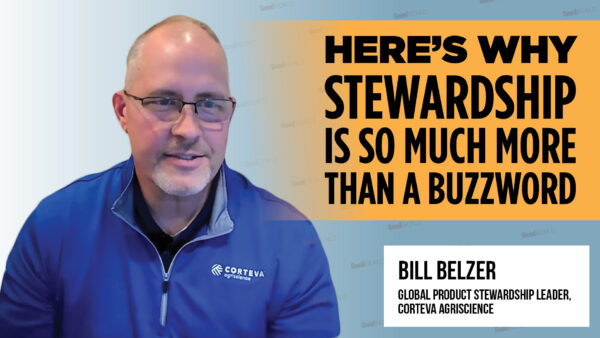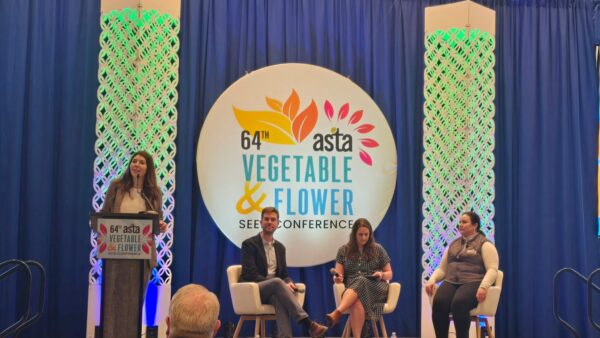In the quest for high yields and best possible disease resistance, has taste been neglected? The produce industry thinks so, and is trying to bring it back.
The Terrific Adventures of Tasti-Man is an online comic book that follows a superhero who is half man and half tomato. Tasti-Man uses his powers to rid the world of inferior tomato varieties. The comic is featured on Tasti-Lee.com, which promotes the new vine-ripened Tasti-Lee tomato “that brings significant improvements to health, flavor and freshness in grocery store tomatoes,” according to the website.
The Tasti-Lee variety and its associated marketing campaign represents a new trend in produce marketing, showing that produce marketers are thinking about seed and new varieties in ways they never have before.
“I think what has changed in the last three or four years is a more active engagement in trying to find a diversity of product—what’s new, what’s next,” says Bob Whitaker, chief science and technology officer for the Delaware-based Produce Marketing Association, the largest global not-for-profit trade association representing companies that market fresh fruits and vegetables and related products.
The Terrific Adventures of Tasti-Man is a web comic used to promote the Tasti-Lee tomato.
Changing Times
Whitaker says that while produce marketers have always had an eye on the seed industry and new varieties of fruits and vegetables, the way they are factoring that into their marketing strategies is changing. “The chef as a celebrity has emerged in the last 10 years—you see a lot more attention paid to things on the Food Network and Food Channel and all these kinds of things. And so [produce marketers are] looking for that tomato that really has that backyard flavor, the peach that has that just-picked texture and flavor. I think there’s more and more of that out there,” he says.
The Tasti-Lee tomato is a prime example. It was developed by University of Florida horticulturalist Jay Scott with flavor in mind, according to Greg Styers, a sales and product development manager for California’s Bejo Seeds, the Dutch-owned company that distributes the Tasti-Lee tomato. Not only is the Tasti-Lee tomato touted to be bursting with flavor, it’s also 50 per cent higher in lycopene—an antioxidant believed to help prevent cancer—than other varieties. The quest for produce varieties that taste great while being highly nutritious is a trend that Whitaker says is becoming more common.
“It’s becoming more and more mainstream, and that’s the nutritional attributes of these things,” he says. “Is it possible to boost the vitamin A content in something, or boost the folate level in a leafy green, or something like that, so you can have something that’s demonstrably better than anything else out there.”
The Tasti-Lee tomato is a vine-ripened variety distributed by California’s Bejo Seeds.
Paradigms Hard to Change
But it wasn’t easy to get the Tasti-Lee tomato project off the ground, says Styers. He found out that paradigms can be hard to change in agriculture. “We approached all the big growers in Florida, and they didn’t feel the industry was either ready for it or needed such a tomato,” he says. “We had some growers we first approached saying the problem with the tomato was that it was too small.”
To get things rolling, it took the involvement of some smaller growers willing to give the Tasti-Lee a chance. “We approached growers like Flavor 1st and Tomato Time here in Florida, and said ‘hey look you guys, this is a great tomato. You can distinguish yourselves from the big guys’,” says Styers.
Flavor 1st, a North Carolina-based grower whose main focus is vine-ripened tomatoes, is happy with how well the Tasti-Lee is doing in the market despite what some growers saw as drawbacks in size. “We really believed in the fact the tomato had superior flavor, better color, better shelf life,” says Mike Porter, who handles sales for Flavor 1st.
Neal Carter, president and founder of Canada’s Okanagan Specialty Fruits, picks an Arctic apple, a non-browning apple variety.
Where’s the Flavor?
The quest for more flavor in produce is gaining speed, according to Jeffrey Brecht, a postharvest physiologist at the University of Florida. Brecht recently collaborated with a number of other researchers to conduct a large-scale study on how the flavor of fresh produce can be improved.
“I can’t think of a single crop where breeders are not now paying more attention to the flavor when they select and release those new varieties,” says Brecht.
That’s largely because consumers have lamented what they say is a lack of taste in supermarket produce, something the produce marketing industry has taken notice of. “A lot of the old heirloom varieties, for example, that people remember fondly that tasted really great, well, we all know the yield was horrible compared to what’s considered the norm nowadays, and that’s why they’re not commercial anymore. But it’s possible to get the flavor back in, I think,” says Brecht. “It’s not a recent thing, it’s longer term than that. There has been some forgetting about flavor [as yields have increased].”
Successfully promoting the Tasti-Lee variety to growers took some careful planning, considering the variety isn’t as resilient as other common supermarket tomato varieties. “It does not have an exotic disease package. In fact, it had just a basic one, verticillium resistance and fusarium 1, 2 and 3. It doesn’t have virus resistance or anything like that. That was another holdup for some growers, even though 50 percent of the acreage grown here are varieties with a similar disease package,” says Styers.
For Flavor 1st, Tasti-Lee’s small disease package hasn’t been an issue. “We grew them this year up here in North Carolina, and we had some really rough weather conditions all year, and for some reason they did very well throughout the whole summer program—even without the disease package, which was pretty substantial because some of our other tomatoes that have disease packages still didn’t do as well,” says Porter.
Such good performance from a variety with a small disease package could help sell skeptical producers on the idea, adds Styers. Brecht says a major reason so much produce lacks significant flavor simply comes down to how early it is picked and sent to market.
Changing when produce is harvested represents a challenge for the industry, Whitaker notes, since it may not ship as well if it’s ripe, and “the farmer still has to be able to get a decent enough yield out of these things so that it’s agronomically feasible and also financially possible to grow these things.”
Exclusivity Deals
Return on investment is also a major issue at the retail level. “If you’re going to sell a new variety to a large retailer, what’s in it for them? And how do they know you’re not going to another retailer? …The retail system, the way it’s set up in this country, is not exclusive. It’s based on supply and on availability windows and relationships, but not necessarily on your ability to deliver a specific variety,” says Whitaker.
But the Tasti-Lee tomato has helped prove that can change. Bejo Seeds owns the distribution rights and has been selling the tomato in Florida exclusively through the Publix supermarket chain. “Tomato Time and Flavor 1st, both have sold since the mid-1990s to Publix. That’s how we got in there,” says Styers.
That’s another step forward for the exclusivity model, adds Brecht. “They’ve been selling that tomato by the variety name, which is really not the norm for vegetables. I think that’s sort of the wave of the future, having these sorts of special varieties that you can only get from a certain exclusive source.”
Marc Zienkiewicz
New Varieties and PackagingBoth producers and produce marketers have an important role to play in whether a new variety is commercially viable. A large part of that success comes down to packaging methods and whether the variety is appropriate for them, says the Produce Marketing Association’s chief science and technology officer, Bob Whitaker. |


